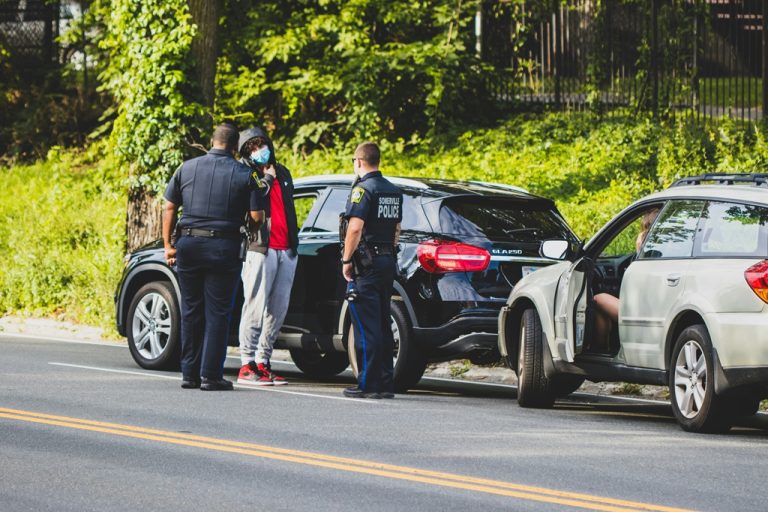Death is sadly the surest reality of life, and it can take various forms. While some people die from natural causes, others become victims of negligence or intentional harm.
In cases of death resulting from someone else’s actions, the legal path forward depends on the cause. In 2023, over 220,000 fatalities from unintentional injuries were recorded in the US. These may include car crashes, medical errors, and workplace accidents, often leading to wrongful death claims.
In striking contrast are homicide cases that result in criminal trials. How are the two different, despite involving tragic outcomes? This article will discuss four key ways wrongful death cases differ from homicides.
Type of Claim
This is one of the most fundamental legal distinctions between the two. In short, a wrongful death becomes a civil claim, whereas a homicide would come under criminal law.
Being a civil claim, wrongful death cases are filed by the deceased person’s family or estate. The filing is done immediately after the surviving loved ones have overcome the initial shock. The lawsuit filed against the liable party holds them financially accountable for their role in causing the death.
On the other hand, homicide is pursued by the state or the government as it is a criminal offence. It begins with an arrest or indictment that takes place soon after the death occurs. Compensation is not the main concern in homicide, but punishing the offender for violating the law.
Here’s an example of the civil focus: Colorado raised its cap on non-economic damages in wrongful death cases to $2.125 million starting in 2025. This demonstrates how monetary damages are given precedence over imprisonment in civil courts.
Workplace mishaps, road accidents, and medical malpractice are a few instances of wrongful death. Regarding homicides, these cases only address crimes involving unlawful killing, like manslaughter or murder.
Burden of Proof
The next key point of distinction between a wrongful death and a homicide case of the burden of proof. It refers to the amount of evidence required to win the case.
Let’s talk about a homicide first. Here, the prosecution must prove the defendant’s guilt ‘beyond a reasonable doubt.’ That’s the highest legal standard because the defendant’s liberty, and in some cases, life is at stake. It means the jurors must be certain of the accused’s guilt before they are convicted. Any reasonable doubt would lead the jury to acquit.
Wrongful death claims, being civil actions, carry a lower standard for the burden of proof. It is known as the preponderance of the evidence. In other words, the plaintiff must prove that it’s more likely than not that the death was a result of the liable party’s negligence/misconduct.
The Legal Information Institute shares that the plaintiff needs to convince the fact finder that there is over 50% likelihood of their claim being true. This means the threshold sits at 51% when it comes to cases of wrongful death.
Such a standard makes civil accountability viable when criminal charges fail or were never filed to begin with. Statistically, this is why most civil cases are resolved without a trial. The few that do end up before a jury could be due to reasons like disputed liability, disagreement over damages, and public accountability.
Legal Process and Representation
A wrongful death and a homicide case involve vastly different legal procedures. In the former, the case starts when the liable party is sued by the estate or family of the deceased.
Phases like discovery (exchange of evidence), negotiation, and, if necessary, trial are commonly included in the legal process. For this reason, wrongful death claims require strong documentation and timely action. Families need to gather medical records, witness statements, and expert opinions to prove liability.
Many seek the assistance of a wrongful death lawyer to navigate the complex and emotionally charged situation. Legal professionals not only interpret statutes and filing requirements, but also guide families through emotionally difficult decisions surrounding a trial.
As Finch McCranie LLP explains, it is important to collect and preserve evidence, whether it is part of a tool, an automobile, or medical records. This highlights an often overlooked critical aspect: wrongful death cases depend heavily on preserving and presenting physical/documentary evidence.
Unlike criminal cases where the state handles the investigation, civil claims rely on the family (and legal counsel) for evidence. Civil courts may rarely require full trials, but skilled legal representation decides between a well-negotiated compensation and a missed opportunity for justice.
Legal Purpose and Outcome
Even the legal purpose and outcome of the two types of cases are different. The state tries to establish criminal guilt in a homicide case, in which the offender will be imprisoned or probated.
This is required to ensure public safety and hold the defendant accountable for breaking the law. By contrast, wrongful death claims aim to provide fair compensation to the surviving family members of the deceased.
In such civil suits, tangible and intangible losses are compensated, including funeral expenses, emotional suffering, lost income, and possibly punitive damages. While criminal courts enforce the law by punishing the offender, civil courts focus more on restorative justice.
Most importantly, criminal cases may fail, but civil claims may still succeed under a lower preponderance of evidence standard. The exact amount would depend on factors such as the victim’s age, earning potential, medical bills, and strength of liability evidence.
Moreover, criminal cases, like homicides, seldom lead to broader reforms. The outcomes of a wrongful death claim may extend beyond individual compensation. This means successful claims can even trigger policy changes, safer practices, and corporate accountability when systemic negligence is involved.
Homicides and wrongful deaths both share tragic outcomes, but their legal pathways diverge in essential ways. It’s good news that the US saw a sharp 16% drop in homicide cases as of 2024.
However, this stat does not eliminate the need for legal remedies in fatal incidents. If anything, it indicates that more cases may fall into a legally ambiguous territory, where no criminal conviction is pursued.
Civil actions can offer a path to accountability when criminal courts cannot. Civil litigation may not focus on punishment, but it still brings about closure, transparency, and financial justice.




